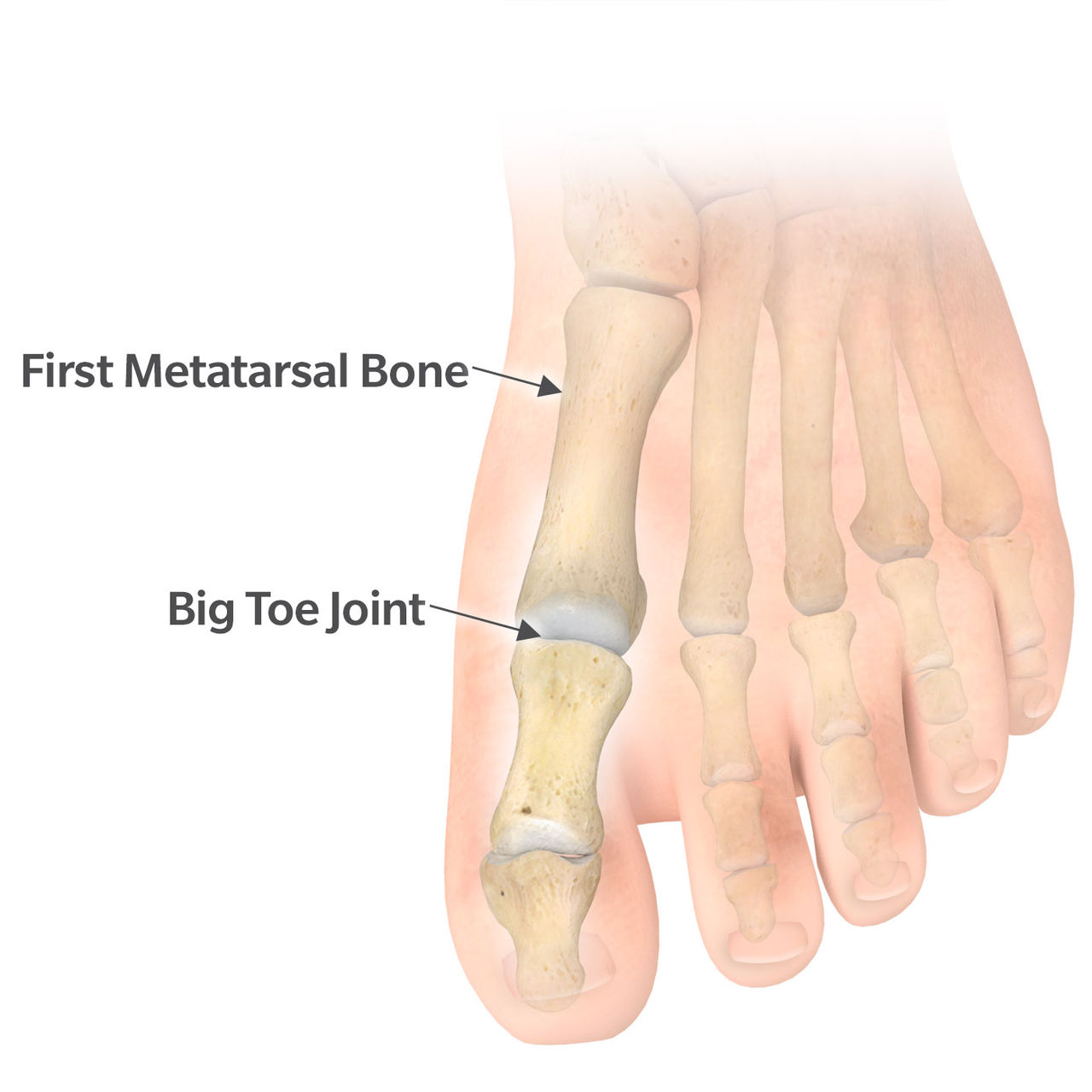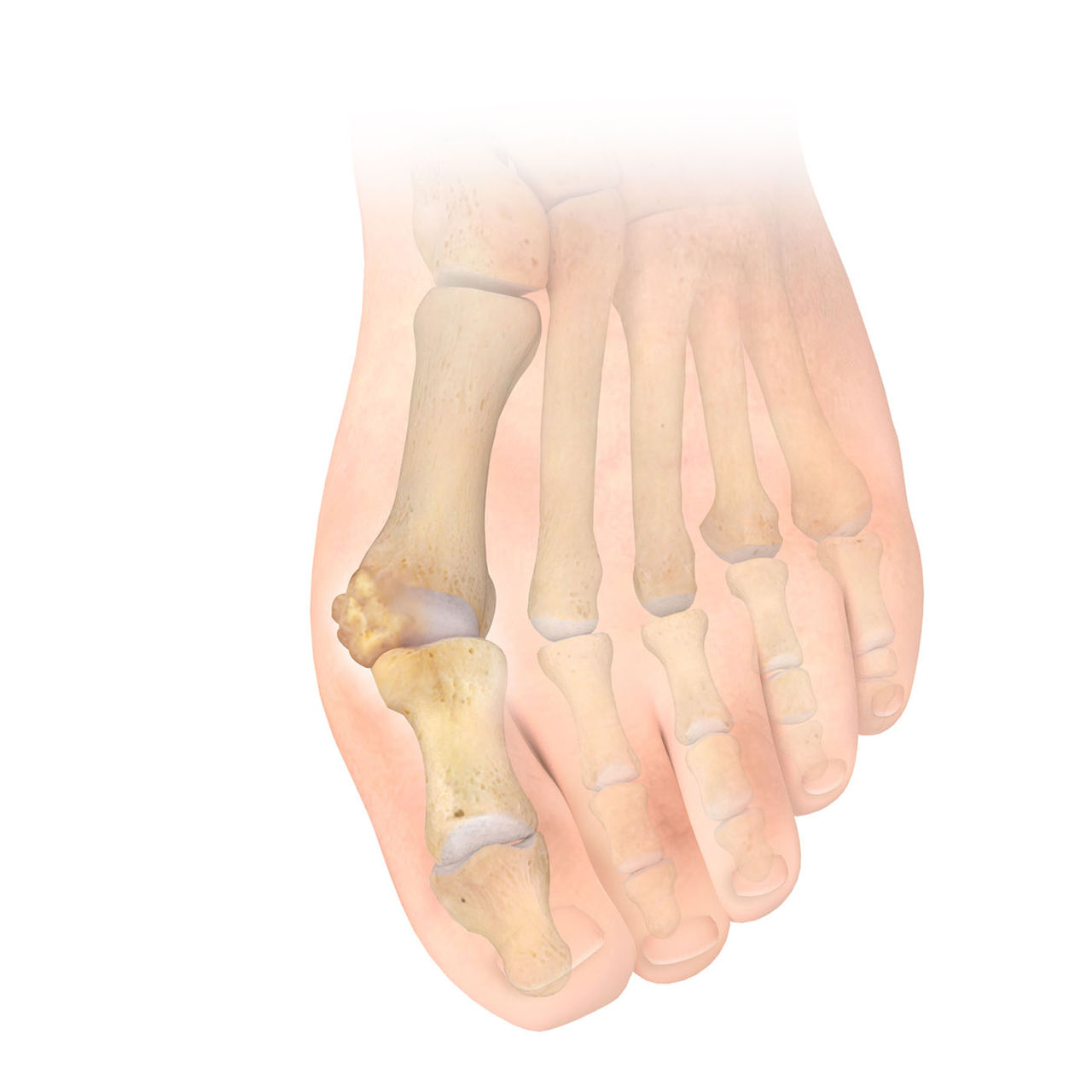What to Expect During Bunion Surgery
Preparing for surgery can be nerve-wracking. Sometimes, simply knowing what’s going to happen can help calm our nerves. Find out more as Dr. Lee shares what a ‘typical’ day might be like.
Preparing for surgery can be nerve-wracking. Sometimes, simply knowing what’s going to happen can help calm our nerves. Find out more as Dr. Lee shares what a ‘typical’ day might be like.
There are many misconceptions and concerns that patients struggle with when contemplating bunion surgery. Understanding what a bunion is, how it’s corrected, and how you recover from the surgery might help address many of these concerns. Your surgeon should be able to answer these questions so that you have reasonable expectations about the process from start to finish.
A bunion, or hallux valgus, is a deformity of the big toe joint. While many people think that a bunion’s simply a bump of bone that grows on the side of the joint, the reality is, it’s actually a mal-aligned or angled bone. This bone sticks out causing the big toe to bend in the opposite direction towards the second toe. Because of this deformity that occurs in the joint, long-standing bunions can actually begin to show arthritis in the big toe joint. In more severe cases, the deformity can actually progress into the arch of the foot and require a more complex surgery to correct.
 Healthy
Healthy
 Bunion
Bunion
Depending on the deformity (how the bunion looks in person and on an X-ray), the patient’s age, and activity level, your surgeon will recommend an appropriate procedure to fix the deformity. Ideally, the procedure is done once and the deformity is corrected for a “life-time”. The deformity shouldn’t come back quickly, but see the below link to 'risks' and discuss potential complications and all possible results with your surgeon.
In some cases, the first metatarsal bone is cut to realign the joint and the bunion. In more severe cases, or in cases involving younger people, the joint near the arch of your foot may be fused (joined together) to realign the foot and prevent the deformity from recurring. And in other cases, the big toe joint may be fused or the big toe bone cut.
The type of procedure selected to fix your bunion will often times dictate your post-operative recovery. Most patients care more about what their recovery will look like versus what the actual procedure selection might be. Here are a few things you can expect after surgery:
Your surgeon will likely give you detailed instructions of his/her plans for your foot after surgery during the pre-op visit and at the time of surgery.
While every surgeon and experience is different, as a general rule you can expect the following:
1. You will likely be instructed to not eat or drink after midnight the day before surgery.
2. You’ll arrive at the hospital or surgery center 1 to 2 hours before surgery where you will check in, sign paperwork (including consents for surgery), and change into a hospital gown.
3. An IV will be inserted into your arm so that you can receive fluids and antibiotics for surgery.
4. You’ll meet your anesthesiologist and discuss your options for anesthesia.
5. Once you’re in the operating room, you’ll be sedated or asleep. Your foot will prepped (cleaned) and sterile drapes will be placed around it.
6. Your surgeon will then complete your bunionectomy. In many cases, internal fixation (metal plates and screws – also called hardware or implants) will be inserted to help hold the new position of the bones throughout the healing process; delay or failure of the bones to heal, or pain associated with prominent implants, can necessitate the need to remove or revise the implants.
7. The skin will be sutured closed and a dressing will be placed around your foot. After this, the anesthesiologist will begin to wake you up. You’ll be transitioned to the recovery room until you are fully awake.
8. Before leaving, your doctor and nurses will review instructions for your care after surgery. They will also instruct you about walking or using crutches, a walker, or a knee scooter, and pain control.
9. Some pain is normal after bunion surgery. Your surgeon will usually inject a local anesthetic (numbing medicine) into your foot once your surgery is complete, before he/she leaves the operating room. Pain medicine will be given for the recovery process, and you may be instructed on using ice and keeping your foot elevated.
10. In some situations, your surgeon may have you use a blood thinner to prevent a blood clot in your leg, although this is highly dependent on your surgeon’s preference, your medical history, and the type of bunion surgery performed.